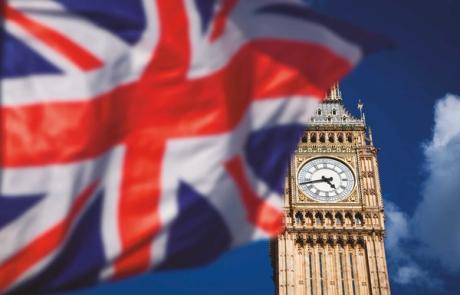
The London art market has suffered – physically and emotionally – since the triple whammy of Brexit, Covid-19 and the ensuing high inflation environment. But as we dive into the city’s summer season, there are plenty of encouraging dynamics.
First of all, London doesn’t have just one intense artistic season, unlike, say, Basel, Los Angeles or Turin. Frieze Week in October has become the main event since the fair opened 20 years ago while more recently the combination of Photo London, Eye of the Collector and London Gallery Weekend has given the capital a late spring boost. London’s world-class museums and thriving cultural credentials mean there’s plenty to enjoy all year round.
The city’s attractions are loved around the world, with renovations to Tate Britain and the National Portrait Gallery contributing to their renewed appeal. The British capital is learning to woo its local cultural vultures, beyond the non-dom set, while efforts to expand the cultural offering outside of London are impressive, under difficult conditions; witness of the good received Soutine|Kossoff exhibition at Hastings Contemporary or Lucie Rie at Kettle’s Yard, Cambridge.
London Gallery Weekend proved the city had at least 123 high-calibre contemporary art dealers and reported more than 50,000 visitors, its best attendance yet and “significantly” up on last year, organizers say. These included curators from across the UK who were welcomed by the event. Data from the Affordable Art Fair group reveals that sales and visitor numbers have increased at its two spring fairs in London this year, with the average price up 29% on 2022 at its Battersea event. Inflation helps, but nonetheless the direction of travel is encouraging.
Cut off by Brexit
On the international scene too, London is doing well, where British artists, old and new, are increasingly popular. Among the notable 20th century works on display at this year’s Art Basel fair were pieces by Bridget Riley, Paula Rego and Lucian Freud, while the most in-demand 21st century names included Cornelia Parker, Alvaro Barrington and Glenn Brown. These have come courtesy of UK-only galleries of which we can be proud – Offer Waterman, Hazlitt Holland-Hibbert, Frith Street and Sadie Coles – while also appearing on the overseas and multinational dealer list.
London’s status as a shopping center has definitely been chipped away by Brexit, which – within the art market – has benefited Paris as well as, more importantly, New York for 20th century art and Hong Kong for the hottest new names at auction.
In this transactional end of the market, and for popular galleries grappling with the real and reputational costs of Brexit, things are likely to get worse before they get better. The UK’s status within Europe remains extremely off-putting to commerce and artists, and the political context is currently not culturally inclined.
But the UK still has a relatively high and growing number of artists working here (around 45,500, according to 2022 estimates from Statista, compared to around 55,000 in New York, recorded in 2017), as businesses adjust to the new normal. Lessons have also been learned since the pandemic, including thankfully that people like to go out and see art. A history of hundreds of years of creativity and commerce, boosted by London’s international language and time zone, did not disappear overnight. If we can shake off the Brexit blues, there are opportunities to be had.
